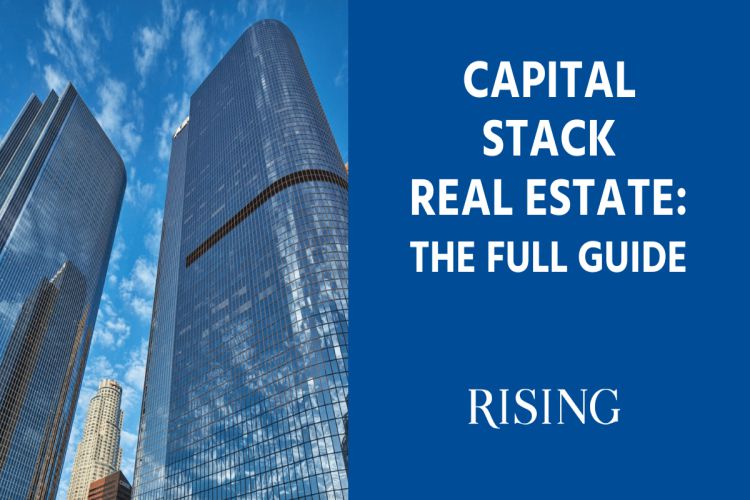 Commercial property sales in 2021 went up to $462 billion compared to the previous year. Even though most people are familiar with the idea of a residential mortgage, investors who want to devote themselves to commercial real estate directly or using a fund structure should consider underlying debt conditions and dangers when assessing an investment choice. Investors should also be aware of the most common structure: capital stack commercial real estate and which position is least and most favorable.
Commercial property sales in 2021 went up to $462 billion compared to the previous year. Even though most people are familiar with the idea of a residential mortgage, investors who want to devote themselves to commercial real estate directly or using a fund structure should consider underlying debt conditions and dangers when assessing an investment choice. Investors should also be aware of the most common structure: capital stack commercial real estate and which position is least and most favorable.
What is Capital Stack?
The capital stack establishes who is entitled to specific assets and income, who will be paid first in the case of an unbleached default, and who will have the right to take control of or sell off assets in the event of bankruptcy. Your position on the capital stack will make a huge difference between who will incur the complete loss and who will get the full recovery when the situation goes unfavorable.
Which type is the most secure?
Senior debt is regarded as the safest option in the capital stack in commercial real estate. This is so because the property financed by the loan serves as security for senior debt. Until the amount is settled, the lender will put a lien on the home (plus interest). The senior debtor will be entitled to a charge against all cash flows and sales revenues until the loan is repaid if the borrower fails to repay the loan. In the worst instance, a lender will take possession of the property to compensate for their losses.
The property may also be used to secure mezzanine loans, the second layer of financing. This isn’t always the case, though. Compared to senior debt secured by a tangible asset, certain mezzanine loans are unsecured, which increases the risk associated with the investment.
Which type is the least secure?
Equity is the least stable investment type in the capital stack, including preferred stock and regular equity. The asset does not protect both. The senior lender has the right to take away the asset and recoup its costs first if a property significantly underperforms. The equity investors won’t be paid back until the senior loan and any future debt has been paid off. Preferred equity may, in some circumstances, only be partially repaid. Occasionally neither common equity nor preferred equity is paid back in full.
The majority of contracts provide that a sponsor must pay its borrowers first. The preferred equity investors can have the right to take possession of the property after the lenders have been paid back. Investors who prefer equity might be able to turn it around underneath new ownership. Still, in such cases, common equity investors may receive a portion of their initial investment back (with or without interest). As a result, common equity is the least safe position in the capital stack, and investors who hold it risk losing the most if a sponsor fails to carry out their strategy.
Conclusion
According to the sequence in which they receive returns from the property’s cash flows, the types of capital are organized according to the capital stack in commercial real estate, which is sometimes physically depicted as a vertical stack. Investors should know that the senior debt is frequently kept at the bottom; it is the least risky as it is paid off; first, it is followed by the mezzanine layer, then preferred equity at last common equity, which is the riskiest layer.




